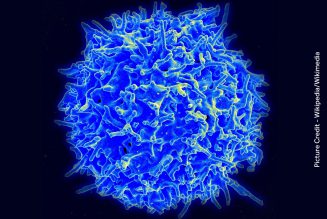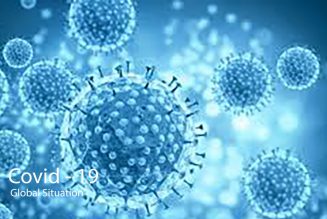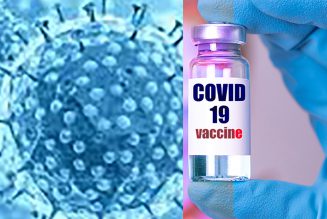Rabies is a disease caused by a virus. This virus is carried by air or by wild animals.
Effect in Dogs
Dogs are normally regarded as faithful animal. But when it gets mad, it becomes dangerous. The Rabies virus enters the Dog’s body through a wound in its skin. If a dog infected by Rabies virus bites someone, it leads to death if not treated properly.
The shape of the virus has been identified like a bullet, having a diameter of 70 millimicrons and length of 210 millimicrons. It moves from the saliva to the infected wounds and through the sensory nerves to the central nervous system. It then multiplies there and destroy the brain cells.
Symptoms
A Dog infected by the Rabies virus becomes lazy and sufferers from fever. It loses interest in food. The Dog gets excited when the virus affect the its brain cells in about 4 to 6 weeks.
The infected Dog growls and barks. Saliva froths from its mouth. At this stage the dog is said to be mad. When such Dogs bite someone or another animal, the virus is transmitted to the person or the animal. The transmission happens from its saliva through the wound.
Such infected Dogs normally die within 3 to 5 days. Some Dogs do not go mad but shows signs of paralysis. This is called “Dumb Rabies”. Rabies virus can affect Cattle also. In fact the Rabies virus can affect all mammals.
Effect in Human beings
Infected person initially experiences mental weakness and uneasiness followed by fever. He/she feels frightened and suffers from lack of sleep. It will become difficult to swallow food or liquid as the muscles in the throat get slackened.
The infected person will be afraid of water or shows signs of “Hydrophobia”. Normally these signs appear in the victim within one to three months after the Dog’s bite.
Remedies
The affected portions should be cleaned immediately and anti-rabies injection should be administered in case of a dog bite. This injection must be given within three days of the bite. The number of dose varies from 3 to 14 depending upon the location and number of bites. The injection is normally given around the navel area.








